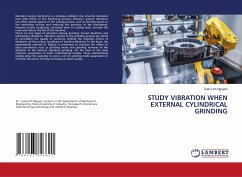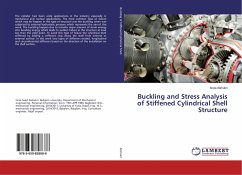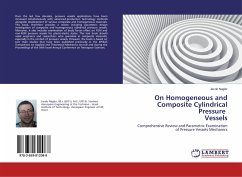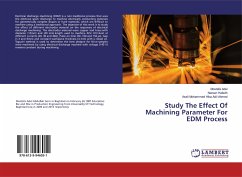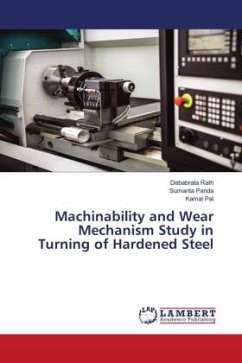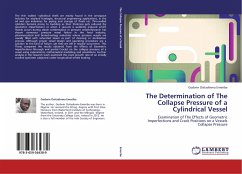Vibration during machining is a complex problem, low intensity vibrations have little effect on the machining process. However, intense vibrations can affect several aspects of the cutting process, such as forming waves on the machining surface and reducing the precision of the workpieces, increase surface roughness, increased wear of cutting tools, increase the noise and reduce the life of the machine.There are two types of vibrations during grinding: forced vibrations and self-exciting vibrations. Vibration studies in the grinding process are aimed at controlling the quality of products, limiting the negative effects of vibrations on the surface roughness of machine elements. In this book, the experimental method of Taguchi is presented to evaluate the effect of input parameters such as grinding mode and grinding material on the vibration of the external cylindrical grinding. On the basis of the main influence parameters to build mathematical models. These mathematical models allow the operator to enter a set of grinding mode parameters to minimize vibrations, thereby increasing product quality.
